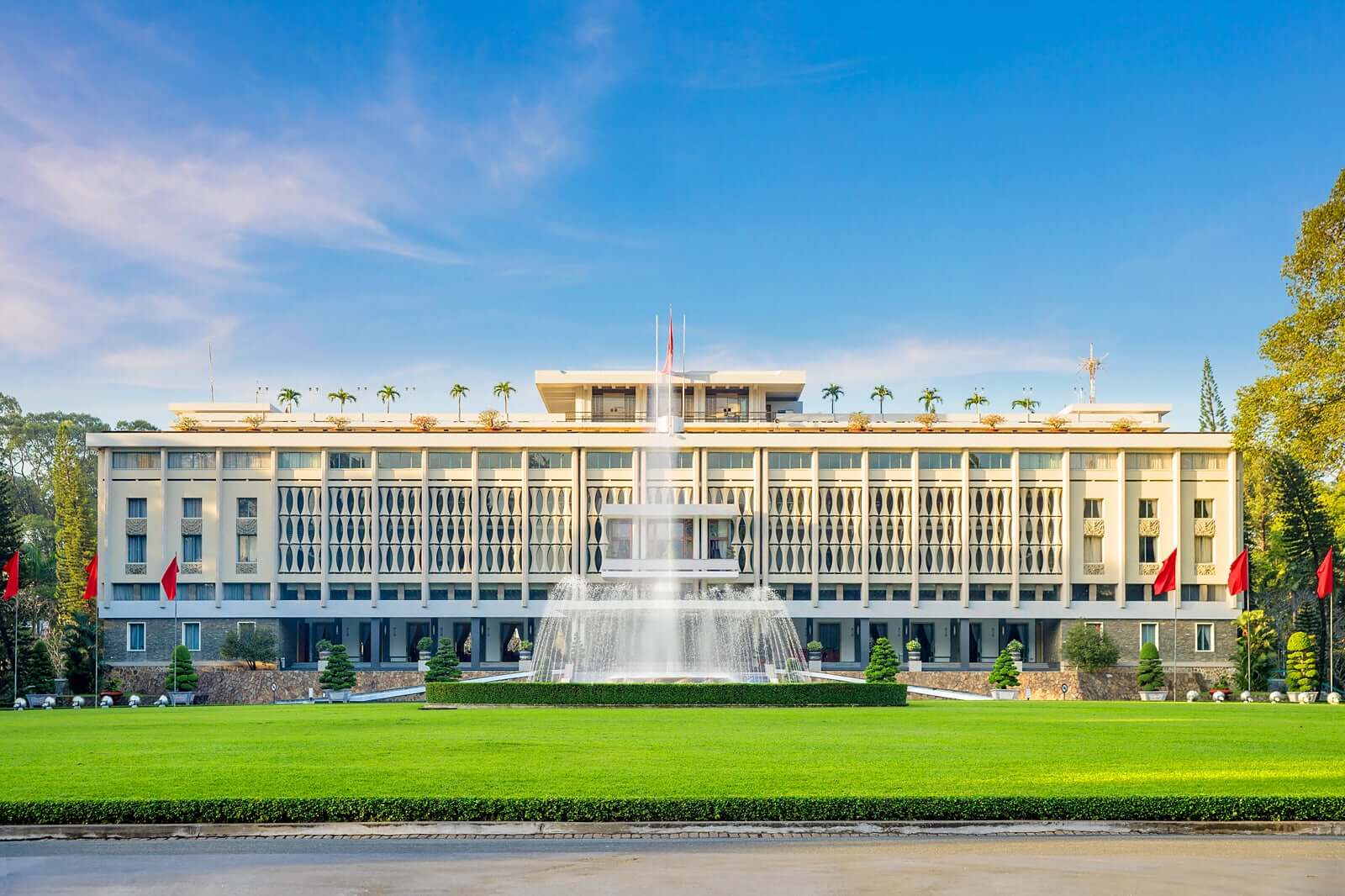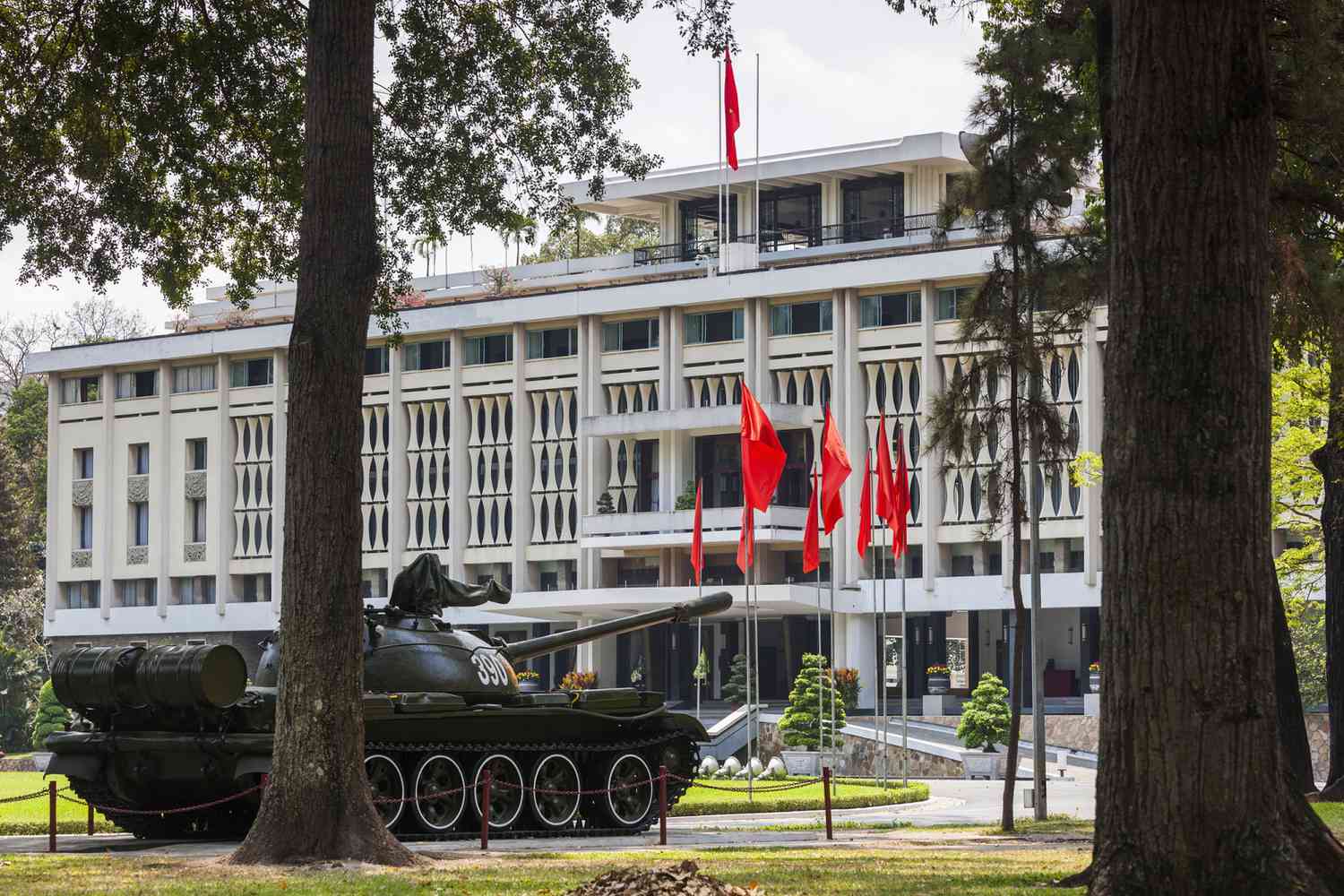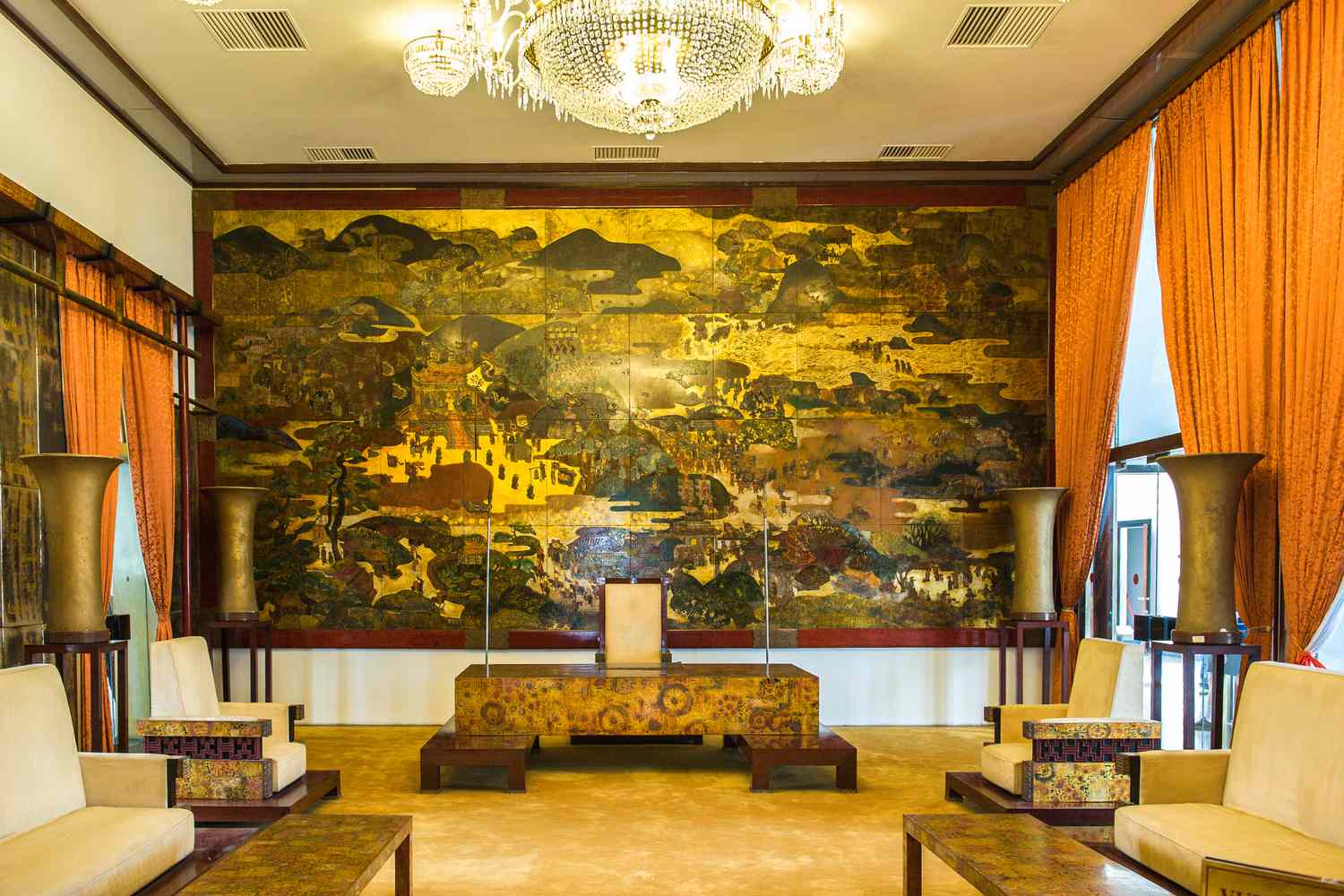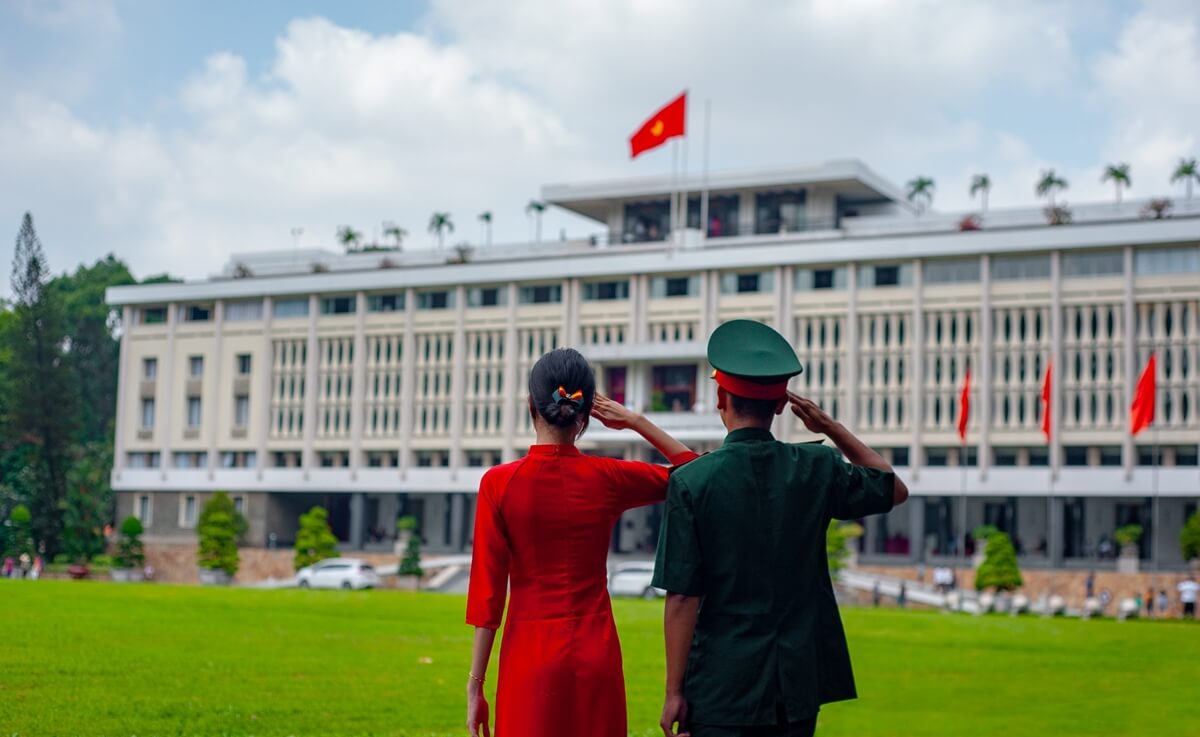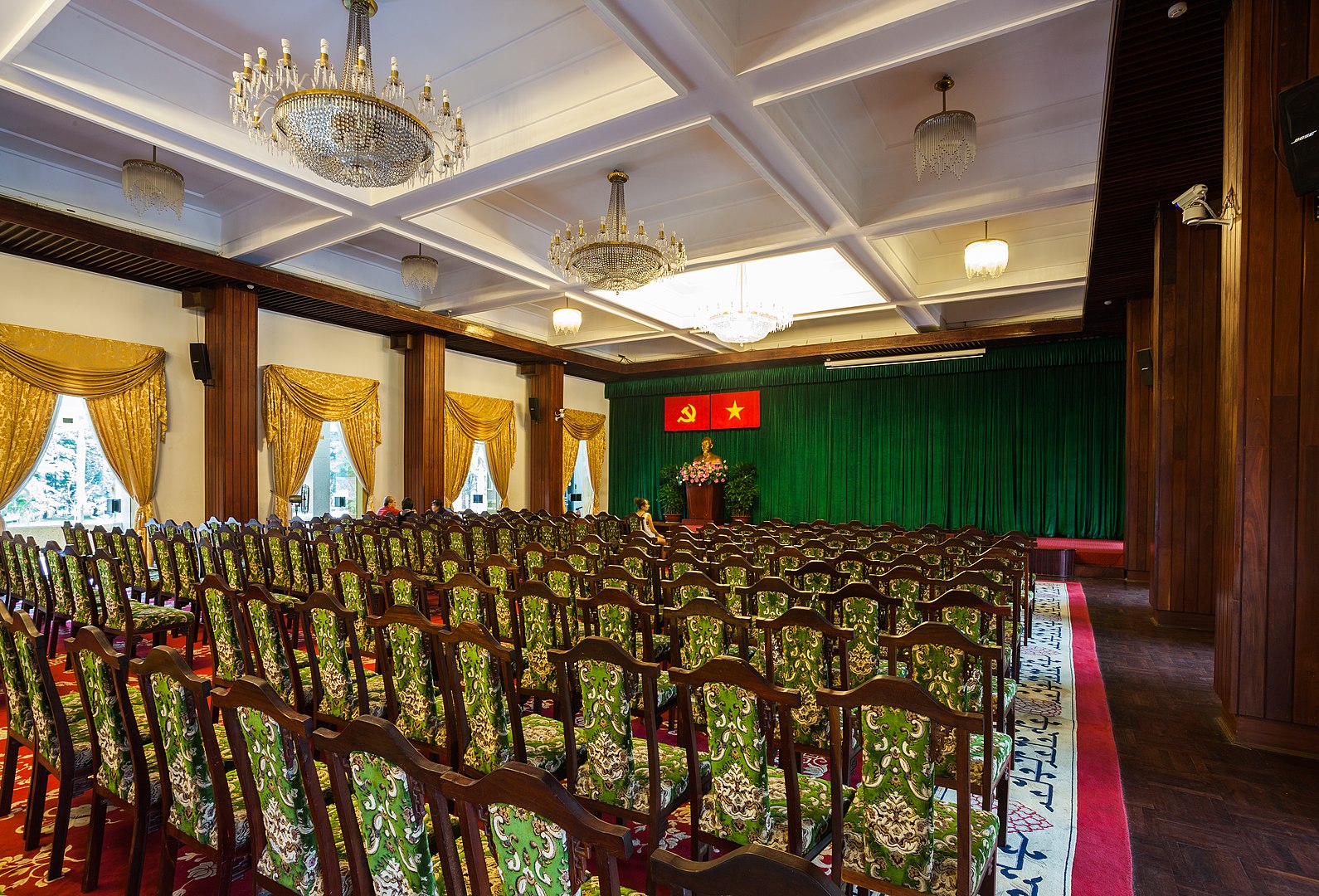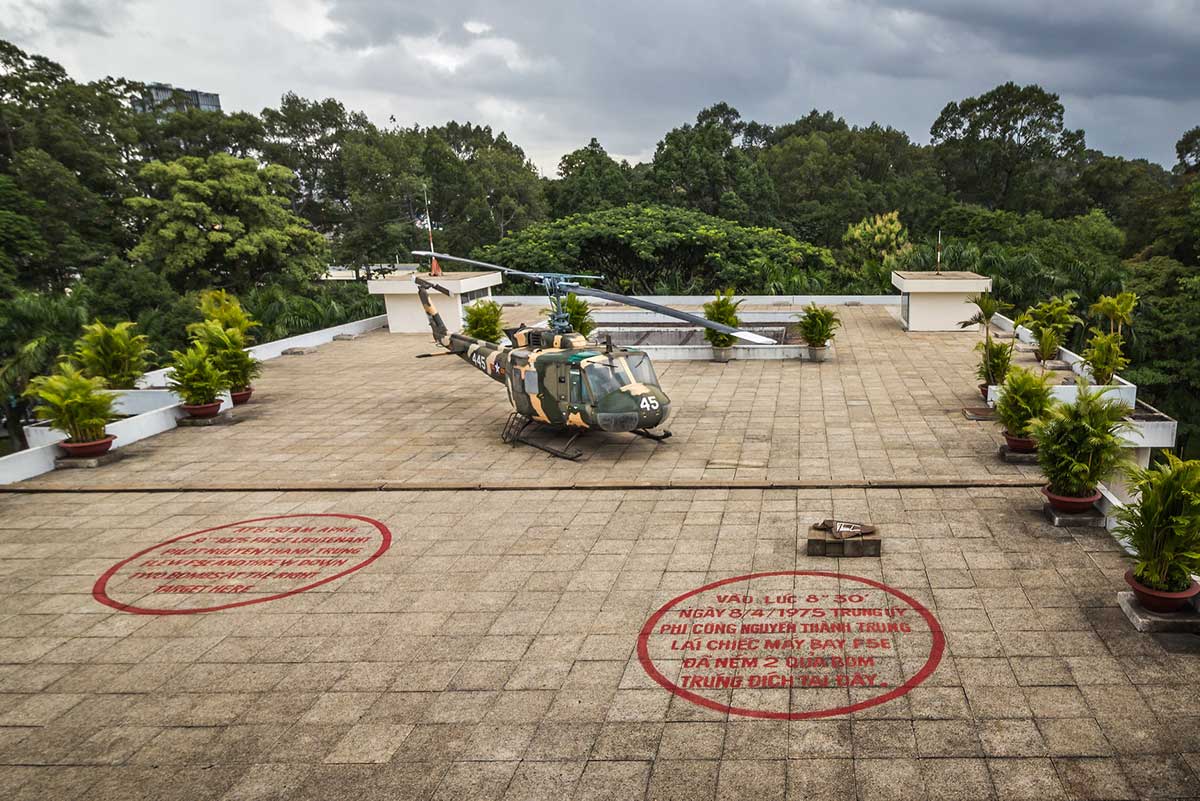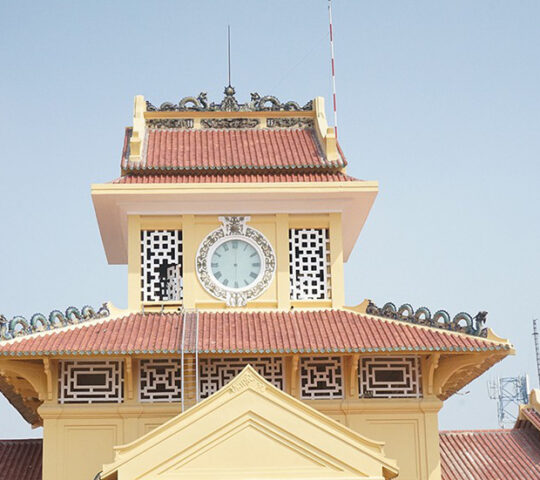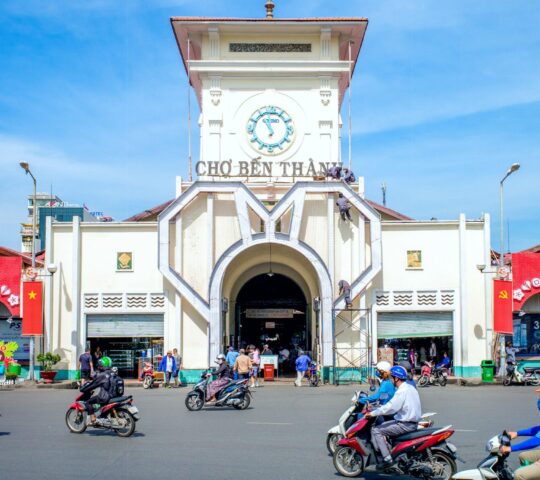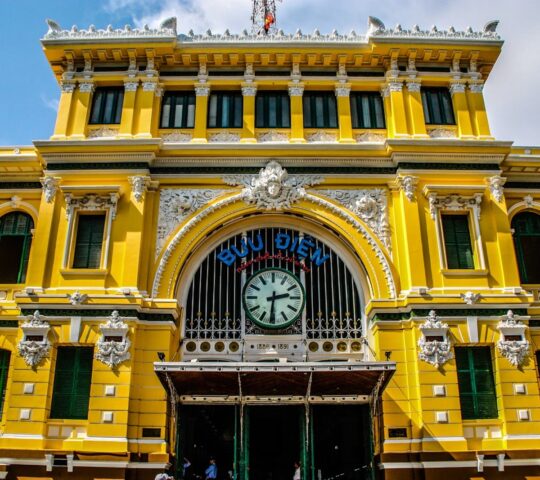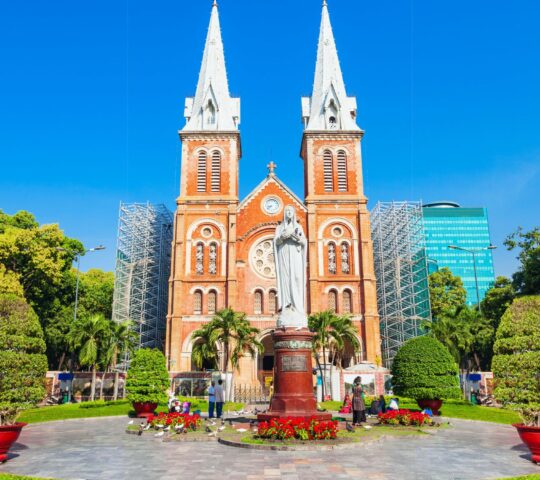Hightlight
-
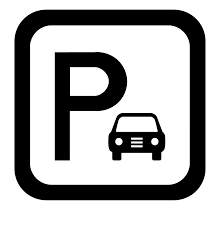 Car parking
Car parking
Vietnam Reunification Palace, also known as Independence Palace, is a captivating historical site located in the heart of Ho Chi Minh City, formerly known as Saigon. This iconic landmark is not only a testament to Vietnam’s tumultuous past but also a symbol of the nation’s enduring resilience and unity. In this article, we will delve into the intriguing facets of this palace, from its location and history to the fascinating things to see, its opening hours, and ticket prices.
1. Location
The Vietnam Reunification Palace stands majestically at 135 Nam Ky Khoi Nghia Street, District 1, in the bustling city of Ho Chi Minh. This central location makes it easily accessible and a must-visit for tourists exploring the city. The palace is conveniently situated near other popular attractions, allowing visitors to plan a comprehensive itinerary that includes sites like the Notre-Dame Cathedral Basilica of Saigon, Central Post Office, and the War Remnants Museum, all within walking distance.
2. History
The palace’s history is deeply intertwined with the turbulent past of Vietnam. It was originally constructed as the Norodom Palace during the French colonial era in the late 19th century. However, its most pivotal moment came on April 30, 1975, when a North Vietnamese tank crashed through its gates, marking the official end of the Vietnam War. This historic event led to the renaming of the palace as the Reunification Palace, symbolizing the reunification of North and South Vietnam.
As you wander through the palace, you will discover that many of its original features have been preserved, providing a unique glimpse into the lifestyles and decision-making processes of the leaders who once occupied this grand edifice. The architecture is a striking blend of modernist and traditional design elements, making it a testament to the changing times and styles that Vietnam has witnessed.
3. Things to See at Vietnam Reunification Palace
A visit to the Vietnam Reunification Palace promises a fascinating journey through the annals of history. The palace is comprised of several distinct areas and exhibits, each offering a different facet of its storied past:
Presidential Office: This is where the South Vietnamese president carried out his official duties. The office remains frozen in time, with the president’s desk and equipment perfectly preserved.
War Room: The underground bunker, equipped with communication equipment and maps, offers insight into the decision-making processes during the Vietnam War.
Banquet Hall: A place of grandeur and elegance, where state banquets and diplomatic events were hosted. The hall is adorned with intricate chandeliers and beautifully set tables.
Living Quarters: Explore the living spaces of the president and his family, with vintage furniture and personal items on display.
Helipad: The helipad on the rooftop, which once saw the evacuation of the South Vietnamese president, provides panoramic views of the city.
4. Opening Hours
The Vietnam Reunification Palace welcomes visitors from 8:00 AM to 16:30 PM, every day of the week. It is recommended to arrive early to avoid the crowds and have ample time to explore the entire complex. The palace occasionally hosts special events or renovations, so it’s advisable to check for any updates before planning your visit.
5. Ticket Price to visit Vietnam Reunification Palace
As of Vietnam Travel Guide update in 2023, the entrance fee for the Vietnam Reunification Palace is typically around 40,000 VND for adults (approximately $2 USD) and 10,000 VND for children (approximately $0.50 USD). Please note that prices may change, so it’s a good idea to verify the current rates before your visit. Additionally, some guided tours may include the entrance fee in their package, so you might want to consider that option for a more informative experience.
In conclusion, the Vietnam Reunification Palace is a historical gem in Ho Chi Minh City that not only tells the story of Vietnam’s past but also offers visitors a chance to step back in time and explore the grandeur of a bygone era. With its central location, rich history, and diverse exhibits, it is a must-visit destination for anyone seeking to understand Vietnam’s complex history and the enduring spirit of its people.

